Lost Giants
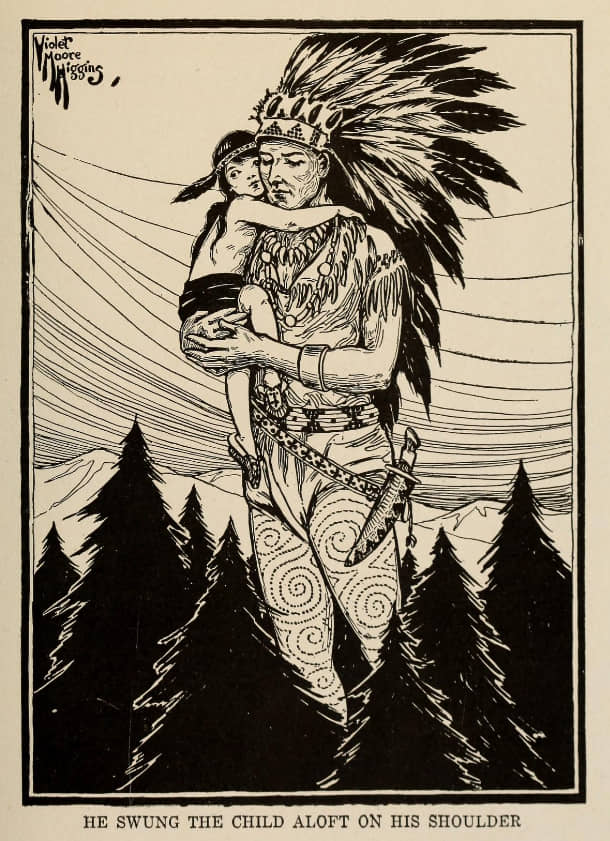
In 1886, mining engineer John T. Reid was told the Paiute legend
of a giant people defeated by the natives near Lovelock, Nevada. The last of the giants met their fiery end deep within the bowels of a cave.
Reid’s belief in this legend stirred great interest in the secrets held within Lovelock Cave.
Official excavations were undertaken in both 1912 and 1924 by the University of California, with reports telling of thousands of artifacts being recovered. Of these artifacts, the most puzzling were human remains. Well, they were almost human.
Skeletons measuring between eight and ten feet tall were said to be found during the dig. Skeletons belonging to who are now known as “The Lovelock Giants.”
Legends of people of enormous size are told across a myriad of cultures, And despite what we’ve been told by mainstream science, there is evidence to suggest they really existed. The remains of giants have been found all over the United States; and all over the world.
So why aren’t these amazing finds on display in any museum? Or taught in any classes? Or mentioned in any history books?
Because the existence of giants, for some reason, has been covered up.
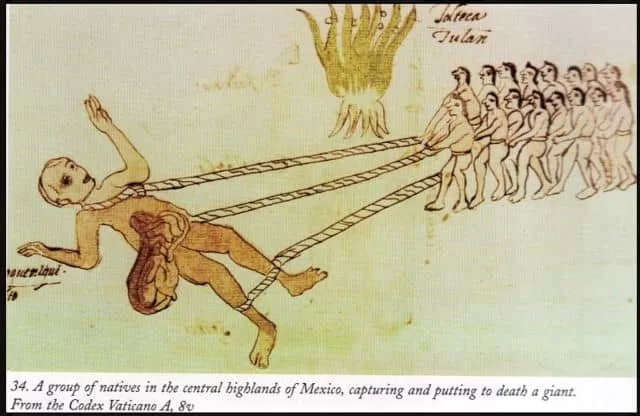
The Lost Giant and Other American Indian Tales Retold, by Violet Moore Higgins
https://andrethegiant.com/


1903 Professor Ricalton With Two Brothers From Kashmir During Delhi Durbar
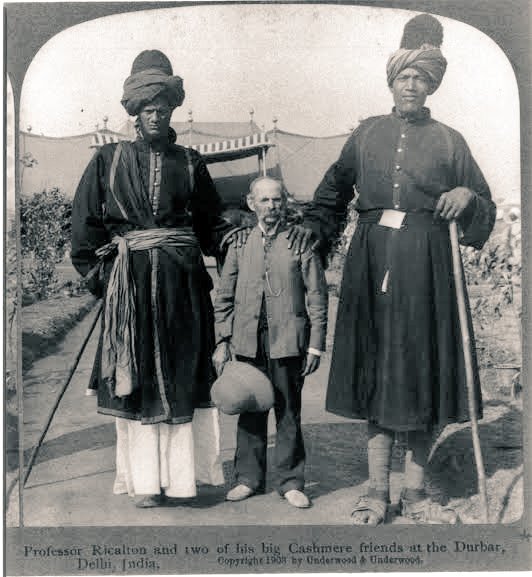
Patagonian Giants
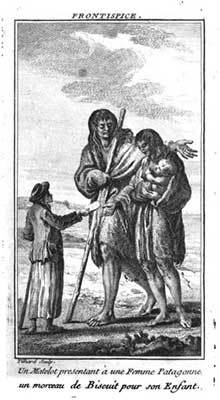
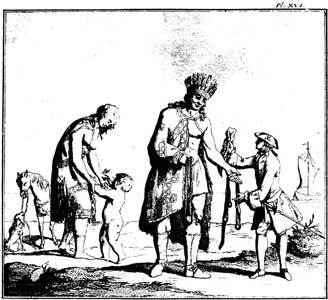
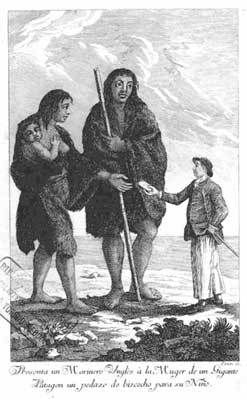
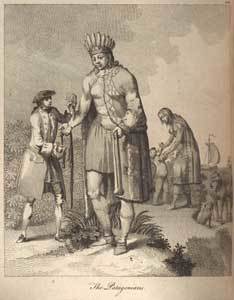
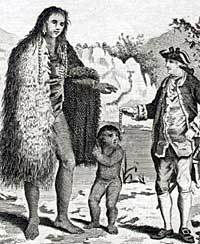
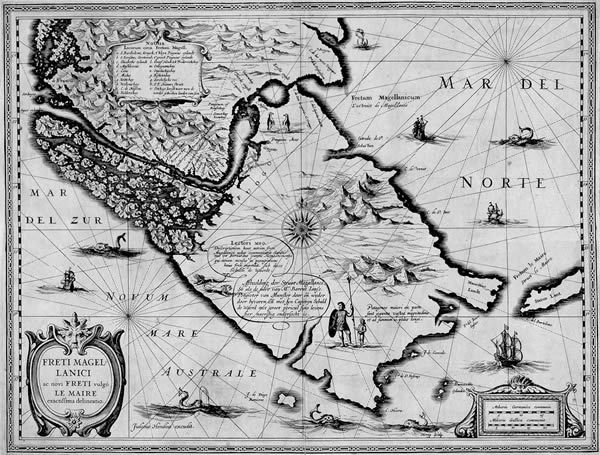
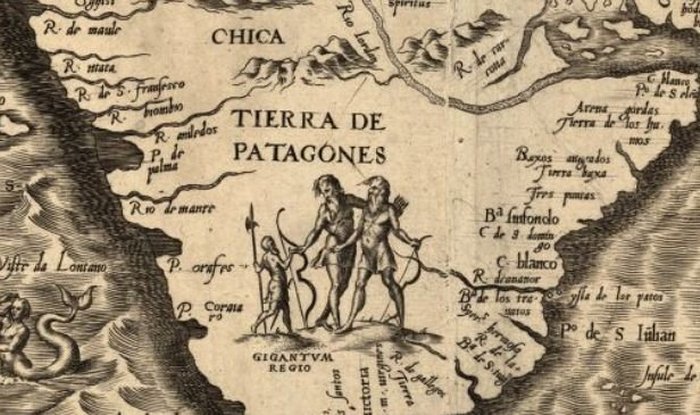
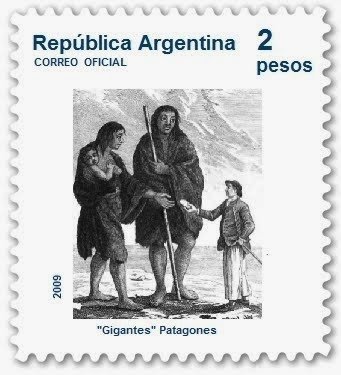
Ferdinand Magellan (/məˈɡɛlən/[3] or /məˈdʒɛlən/;[4] Portuguese: Fernão de Magalhães, IPA: [fɨɾˈnɐ̃w dɨ mɐɣɐˈʎɐ̃jʃ]; Spanish: Fernando de Magallanes, IPA: [feɾˈnando ðe maɣaˈʎanes]; 4 February 1480 – 27 April 1521) was a Portuguese explorer. He is best known for having planned and led the 1519 Spanish expedition to the East Indies across the Pacific Ocean to open a maritime trade route, during which he discovered the interoceanic passage bearing thereafter his name and achieved the first European navigation from the Atlantic to Asia.
Vice-Admiral John Byron (8 November 1723 – 1 April 1786) was a British Royal Navy officer and explorer. He earned the nickname “Foul-Weather Jack” in the press because of his frequent encounters with bad weather at sea.[1] As a midshipman, he sailed in the squadron under George Anson on his voyage around the world, though Byron made it only to southern Chile, where his ship was wrecked. He returned to England with the captain of HMS Wager. He was governor of Newfoundland following Hugh Palliser, who left in 1768. He circumnavigated the world as a commodore with his own squadron in 1764 – 1766. He fought in battles in the Seven Years’ War and the American Revolution. He rose to Vice Admiral of the White before his death in 1786.
https://en.wikipedia.org/wiki/John_Byron
Admiral Byron Meeting Giant Inhabitants by Admiral Byron Patagonia Original Antique
America magica : when Renaissance Europe thought it had conquered paradise
https://archive.org/details/americamagicawhe0000maga
The narrative of the Honourable John Byron : (commodore in a late expedition round the world) containing an account of the great distresses suffered by himself and his companions on the coast of Patagonia, from the year 1740, till their arrival in England, 1746 : with a description of St. Jago de Chili, and the manners and customs of the inhabitants : also a relation of the loss of the Wager, man of war, one of Admiral Anson’s squadron.
https://archive.org/details/narrativeofhono00byro
Those who believe in a lost race of giants suggest that newspaper accounts, primarily from the nineteenth century, reporting the discovery of large skeletons in North America are a reliable indication that such creatures once existed. Although there is little confirmation that any of these stories is true, innumerable books and websites are based on such claims. The following articles are a sampling of nineteenth century “giant” reporting. I have compiled them from a number of sources, primarily fringe books that have reprinted public domain newspaper texts. (Public domain texts’ copyrights have expired and may be freely reproduced.) However, I have not been able to independently verify the accuracy of the transcription of most of the articles, and where I have, I have found that fringe authors have often selectively edited the texts to remove inconvenient information. (The “Chicasawba” article below was a particularly egregious example of deceptive editing.) Those I have personally transcribed from primary sources are marked with a star (*). The rest should be taken for what they are: Fringe historians’ versions of what is important about news accounts of giants.
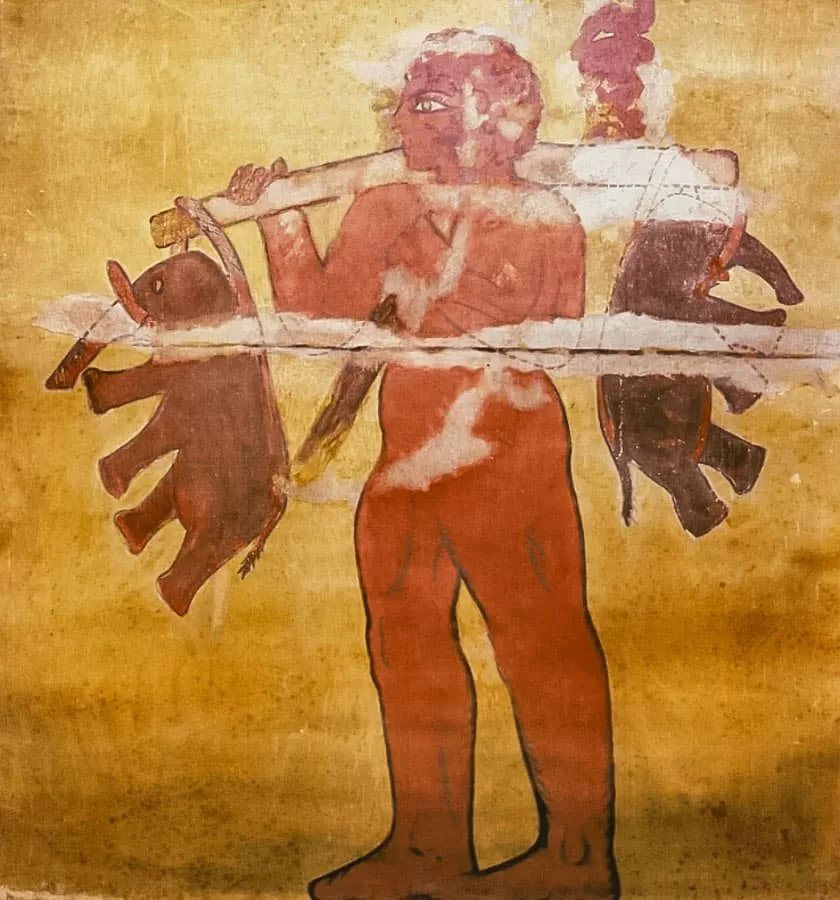
Ancient painting found inside a Nubian Pyramid
A giant footprint has been discovered in China

https://www.ancient-code.com/giant-footprint-discovered-china

Did giants roam Canada’s Northwest Territories — or do they still?
Given its large expanse and low population, there’s plenty of room for folklore in the Northwest Territories.
The Solomon Islands
is a sovereign state of Oceania to the east of Papua New Guinea, which was discovered by Spanish navigator Alvaro de Mendana in 1568 and named them “Islas Salomon”. The Soloman Islands are actually a group of various islands, consisting of six major islands and over 900 smaller islands. During World War II, there was also a war that occurred between American and Japanese forces on its largest island, Guadalcanal, known as the Battle of Guadalcanal. There is also a dense rainforest on this island, which is hiding its secrets inside. It is believed that Giants still exist here, such a race of humans whose length is up to 15 feet and their stories have been found since ancient times.
CROPfm — Auf der Suche nach den “Riesen” [22.09.2023]
Our planet has legends of Giants scattered throughout time however, is there any proof for such stories? Is it possible people of great stature could have existed?
Delving into ancient texts Barry Fitzgerald follows clues across Ireland, revealing the real people behind the Giant legends and the pain that accompanies such a title.
Around the turn of the 19th century, there were hundreds of reports of giant skeletons unearthed from ancient burial mounds across America. Human giants may not be entirely a product of legend in our history. Giants are spoken of in the Bible and in North American folklore. These people were either humans like us or were an ancient people that could have been their own species, possibly alien.
Carl the crushers last video taken at Little Black Mountain petroglyph park at the Arizona/Utah border.
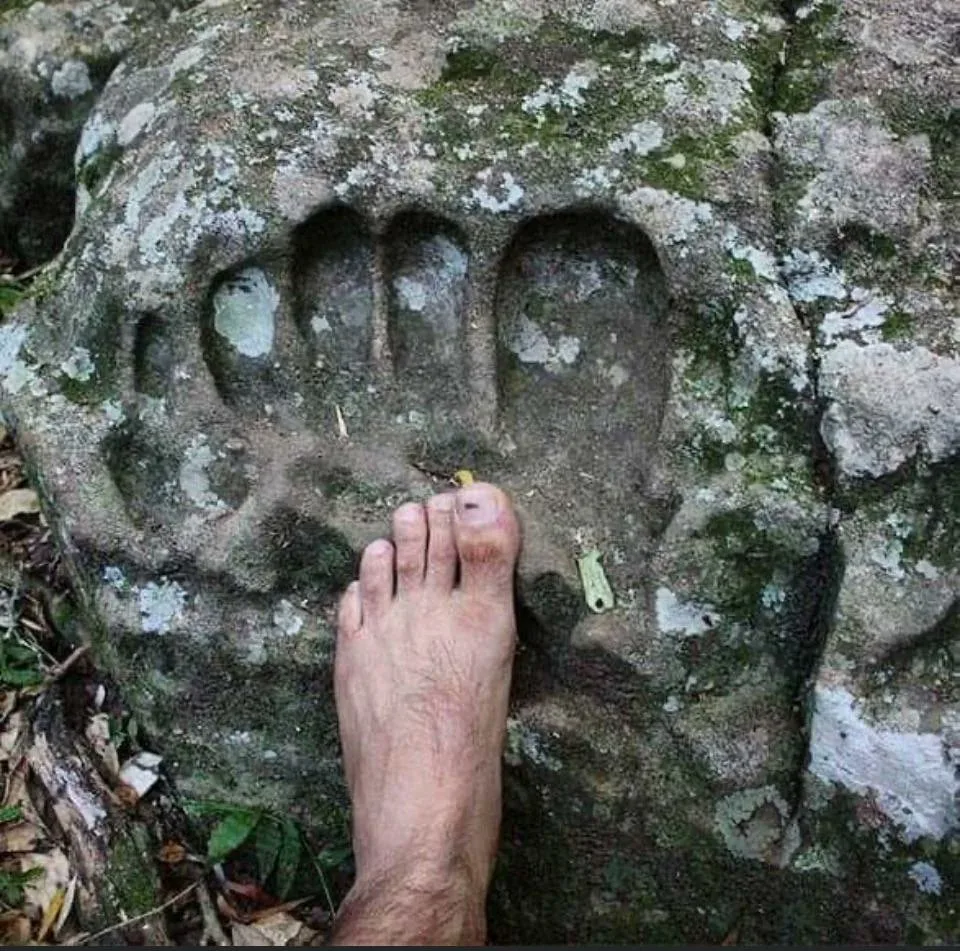
Pirin Mountains of southwestern Bulgaria or Paraguay
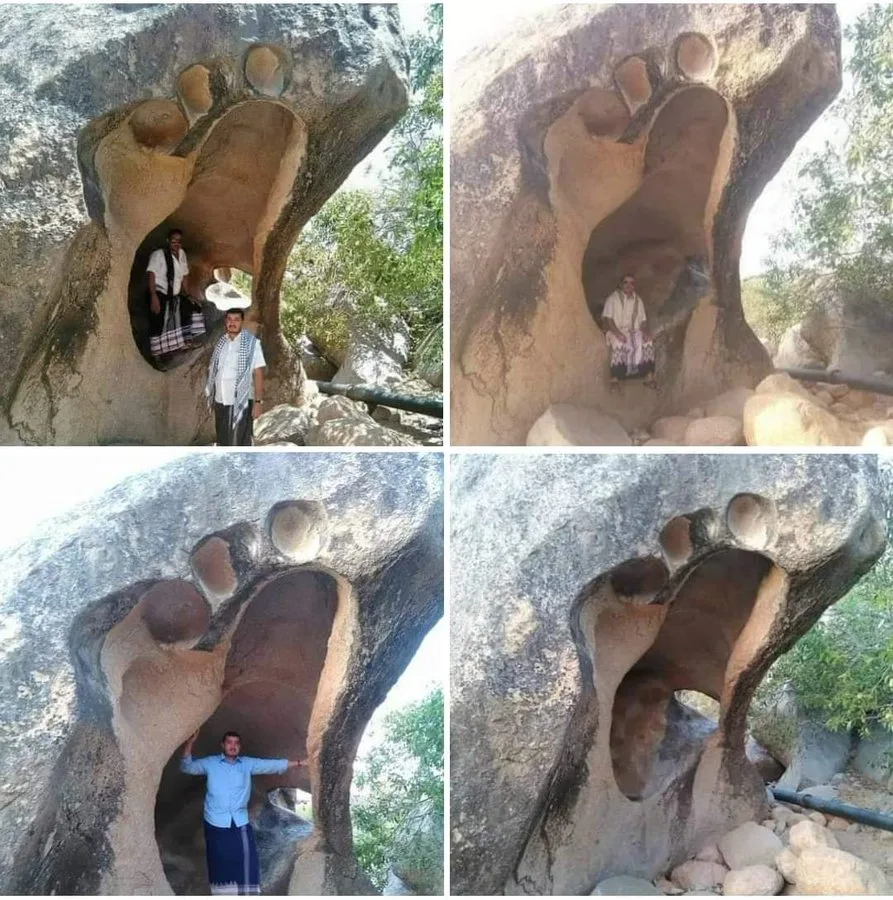
Yemen
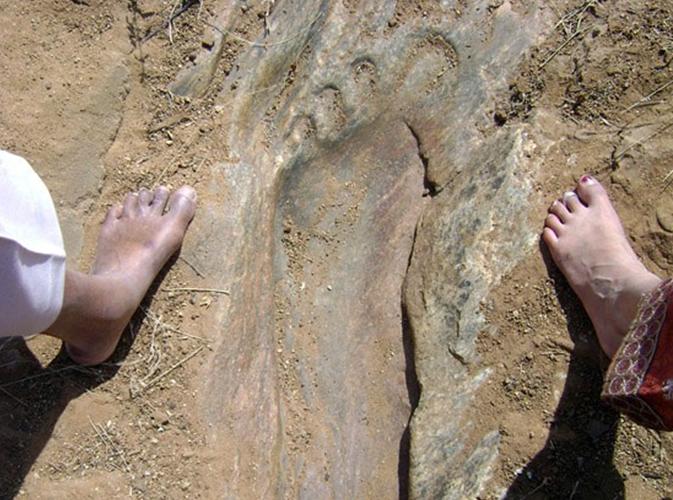
Malezya

Lazovski-Rusya

Keine Kommentare